The Historic Allen Chapel AME Church
Introduction
Text-to-speech Audio
Created by the Free African Society, the Allen Chapel African Methodist Episcopal (AME) Church is the oldest Black American Church in the Quindaro area and one of the only remaining sites from Quindaro. The Free African Society focused on aiding newly freed enslaved people and developing them with skills to succeed in society with an emphasis on the Quaker faith. The Church was founded in 1863 by Rev. John Loving, Reverend Clark Moore, and Reverend Anderson in a meeting at Straggler’s Camp located on the banks of the Missouri River. After growing out of the Free African Society because of the focus of the Quaker faith, church members embraced an African Methodist congregation, and they developed the church into what is referred to as now, the “Mother of African Methodism” in Kansas City, Kansas. Since its foundation, it has aimed to help Black Americans in the area, most notably through Western University: the first historically Black university west of the Mississippi River which they helped fund. The Church also funded Western’s still-standing John Brown statue and helped establish the school's nursing program with Fredrick Douglass Hospital.
Images
Allen Chapel AME Church in 2023
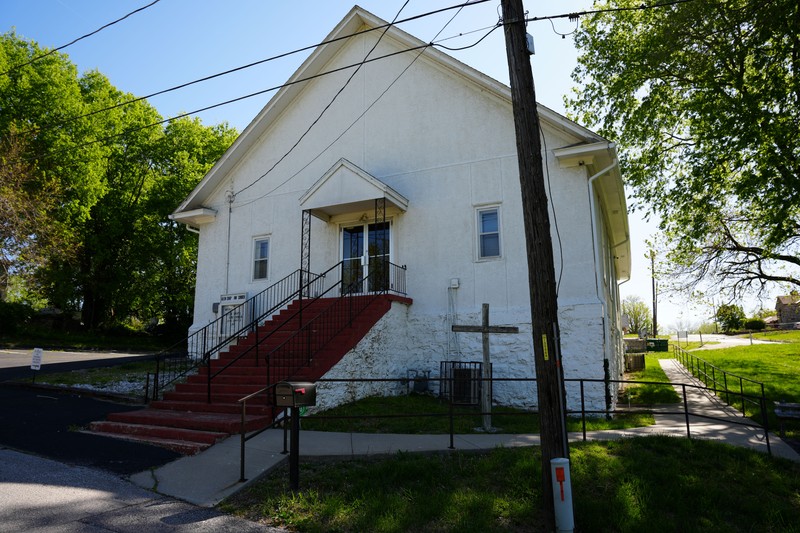
Members of Allen Chapel
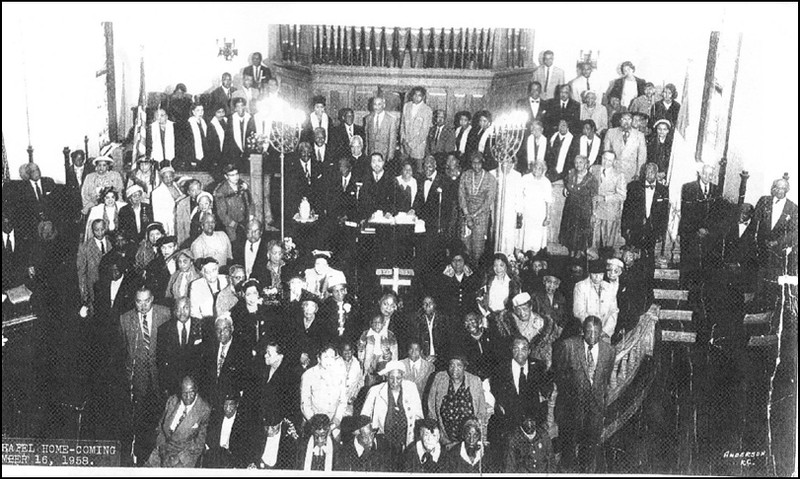
Allen Chapel AME Church
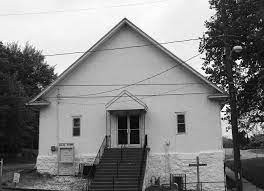
Allen Chapel AME Nave
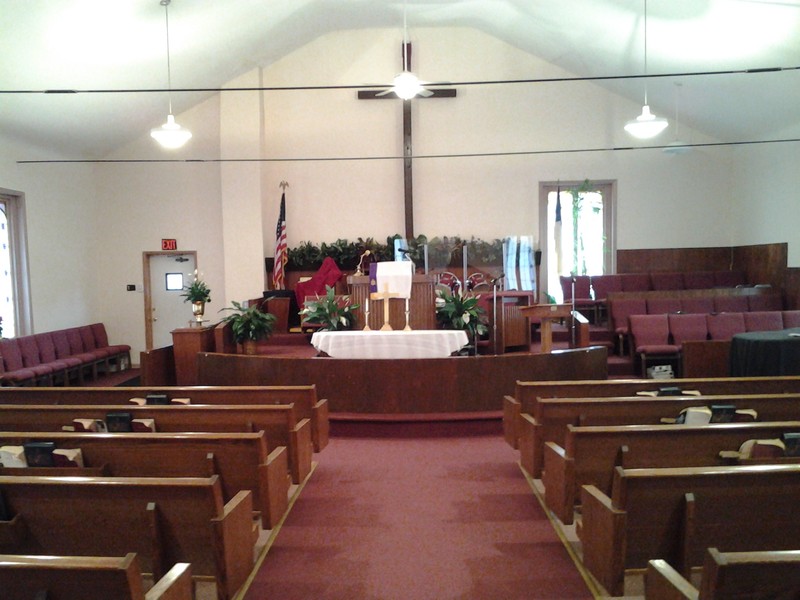
Rev. Stacy R. Evans
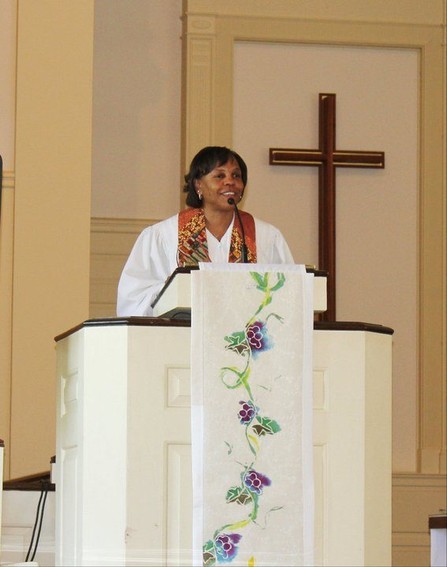
Backstory and Context
Text-to-speech Audio
The Free African Society (FAS), was established in Philadelphia in 1787 by Richard Allen, Absalom Jones, and a few others. Allen and Jones preached to Black congregations within the Quaker denomination at this time, an era in which they faced discrimination. Within the Church, after deciding to leave the Free African Society, Loving and congregation member Ms. Jane Shelby selected the African Methodist Episcopal denomination, and in the months that followed, the community formed Allen Chapel AME Church. Prior to the Civil War, the geographical spread of the AME church was concentrated in the Northeast and Midwest portions of the United States. During the Civil War and Reconstruction, the AME church worked with army officials and established congregations in the South. Today, the African Methodist Episcopal Church has membership in twenty Episcopal Districts in thirty-nine countries on five continents.
The original church was made out of logs and was located on the corner of nearby present-day 33rd and Sewell Street. As the Church expanded, the congregation purchased a stone building that once housed the Quindaro Congregational Church at 27th and Sewell Streets. Unfortunately, a tornado destroyed the structure, forcing the members to meet at the next-door schoolhouse. In 1893, the congregation built a new church building on the Congregational Church site and then followed with a larger building in the same location in 1910. Between 1911 and 1912, a fire struck the building. The current chapel was built in 1914 and it is located on North 29 Street, becoming the church’s sixth building.
One of the Allen Chapel's main highlights is its commitment to the development of its community, both in the past in the town of Quindaro and within the present-day neighborhood. From 1865 to 1877, the church assisted the Quindaro Freedmen’s School and worked to offer education for many local families and their children. The AME church assumed sponsorship of the former school in 1881 following the suggestion of Baptist Deacon Corvin Patterson. The Kansas AME conference voted to rename the school to Western University, the first HBCU west of the Mississippi, and it officially opened in 1882. By 1890, the AME Church had assumed full ownership of the institution. The church later became affiliated with the Fredrick Douglass Hospital, a medical facility dedicated to serving Black Americans. It provided financial assistance to the hospital in 1905 and helped connect it with Western University, expanding the school's nursing program. One of the church’s only remaining visible contributions is the John Brown statue, which was erected on Western University’s campus in 1911. The main contributor of the statue was Bishop Abraham Grant of the AM E Church with collaborations from D. R. H Thompson, I. F. Bradley, and other community members.
Arguably the most famous person associated with the Allen Chapel AME Church is William Tecumseh Vernon. The AME church decided to appoint Vernon as head of the Collegiate Department of Western University, the institution’s president, when he was only 25. His time as president of the University allowed him to grow in prominence. He became affiliated with the local Republican Party and gained a significant role within it. Under his guidance, Western University was able to gain higher attendance, funding, and more programs. After leaving the Church, Vernon went on to serve as Register of the Secretary for both President Theodore Roosevelt and President William Howard Taft, at the time the highest governmental position occupied by a Black American. During the Taft administration, Vernon also served as Supervisor of the United States Government Schools. In 1920, Vernon became a Bishop within the AME Church, serving across the country and internationally, such as the 17th Episcopal District in South Africa, for a total of four years. Vernon returned to Western University in 1933 to accept the position of Superintendent of the State Industrial Department by Governor Alfred Landon before retiring five years later.
As of 2018, Allen Chapel AME Church has fifty members, most of them living outside of the current neighborhood of Quindaro. A multitude of the members in the church can trace their lineage to escaped slaves who helped found Quindaro and the original Allen Chapel Church, adding a strong sense of loyalty to the facility. Additionally, while Western University closed in 1943, Allen Chapel AME still had church members who had attended the HBCU. The last living graduate of Western University passed away in December 2018. Currently owning much of the land of the Quindaro ruins, the Church proposed to turn part of Quindaro into a landfill after being offered substantial money by Browning Ferris Industries, sparking community outrage and protest as it would destroy what archeological remains of the site. Ultimately, the idea was scrapped. This resulted in distrust between the Church and some in the community. Members of the Church with a lineage to its founding tend to feel distrust of how the Allen Chapel AME Church is handling the preservation of the Quindaro Ruins. In recent years, due to the church's history with the Quindaro and Western University, the congregation felt a responsibility to preserve the community's history after its near destruction. Due to efforts of the Church, Quindaro community leaders, and others in the greater Kansas City region, in 2019 the ruins were granted National Commemorative Site status and in October of 2023, a bill was introduced by Kansas City area representative’s Sharice Davis, Emanuel Cleaver, and Jake LaTurner that would make the Quindaro ruins a National Historic Landmark.
Sources
Evans, Rev. Stacy R . The More Things Change . . . . Kansas History: A Journal of the Central Plains, no. 42.
HISTORY, Allen Chapel African Methodist Episcopal Church . Accessed December 13th, 2022. https://www.allenchapelkc.org/history/.
History, African Methodist Episcopal Church . Accessed December 13th, 2022. https://www.ame-church.com/.
Fischer, Jr, William . Western University 1881 - 1943 — A Kansas City, Kansas Historic Site —, The Historical Marker Database. October 17th, 2013. Accessed December 13th, 2022. https://www.hmdb.org/m.asp?m=69459.
Hancks, Larry . QUINDARO 1856-1862 AND 1881-1948, Wyandot Nation of Kansas. March 2nd, 1984. Accessed December 13th, 2022. https://www.wyandot.org/wyandotKS/quindaro-1856-1862-and-1881-1948/.
WILLIAM T. VERNON, KC Black History. Accessed December 13th, 2022. https://kcblackhistory.org/articles/william-t-vernon.
Collins, Steve . WESTERN UNIVERSITY (1857-1943), Black Past. July 18th, 2012. Accessed December 13th, 2022. https://www.blackpast.org/african-american-history/western-university-1857-1943/.
“The Free African Society.” Historical Society of Pennsylvania. Accessed December 5, 2023. https://hsp.org/history-online/exhibits/richard-allen-apostle-of-freedom/the-free-african-society.
KCUR | Laura Ziegler. “Old Tensions at Issue in Plans for Next Phase of Old Quindaro in Kansas City, Kansas.” KCUR, June 23, 2022. https://www.kcur.org/community/2015-08-19/old-tensions-at-issue-in-plans-for-next-phase-of-old-quindaro-in-kansas-city-kansas.
KCUR | George Russell. “Quindaro Ruins in Kansas City, Kansas, Are One Step Closer to National Historic Landmark Status.” KCUR, October 5, 2023. https://www.kcur.org/news/2023-10-05/quindaro-ruins-in-kansas-city-kansas-are-one-step-closer-to-national-historic-landmark-status.
“Recognition, At Last: A Quindaro Townsite.” Kansas State Historical Society. Accessed November 30, 2023. https://www.kshs.org/resource/ks_preservation/kpnovdec02quindaro.pdf.
Vernon. “Papers of Bishop William Tecumseh Vernon.” Kenneth Spencer Research Library Archival Collections. Accessed November 30, 2023. https://archives.lib.ku.edu/repositories/3/resources/2759.
Photo by David Trowbridge
allenchapelkc
Kansas History: A Journal of the Central Plains
Allen Chapel KC Facebook
Allen Chapel KC Facebook
